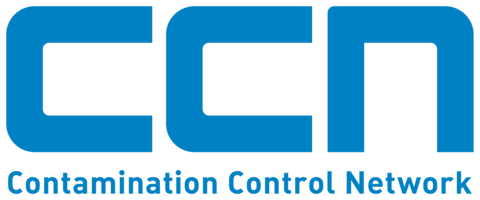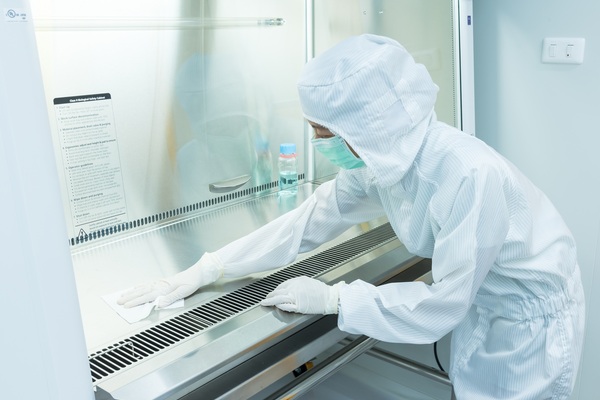by Tim Sandle
Abstract
Well-designed cleanrooms, when operating as intended, are invariably in a state of control. There are, however, circumstances that can impact this state of control. Cleanrooms are subject to a greater level of particulate and microbiological risk when they undergo maintenance or where there is a facility shutdown. Such risks are potentially greater with ageing facilities. This article considers the controls required to minimise the risks to cleanrooms during shutdowns, including a particular focus on aseptic processing areas, and examines the level of testing required to bring a facility back into use, including the application of sporicidal disinfectants and
risk-based environmental monitoring.
Introduction
Once commissioned, well-maintained cleanrooms within the pharmaceutical sector will operate effectively, with the main risk variables being the activities of people and the transfer of equipment and consumables into and out of each area. However, an element of risk is introduced when pharmaceutical facilities undergo shut-down for repairs and maintenance, either to equipment housed within the cleanroom or to the cleanroom itself. Shut-downs can be for planned preventative maintenance, emergency maintenance, room design modifications, or the installation of new equipment items. 1 Shut-down activities can relate to an individual cleanroom, a suite of rooms, or an entire facility. It is not uncommon for pharmaceutical sites to undergo an annual shut-down to enable modifications to be completed, calibrations to be carried out or new or replacement equipment to be installed.
Regular maintenance is essential to ensure that all equipment and processes continue to operate in their validated state and within their defined critical operating parameters. Preventive maintenance includes activities such as pre-planned inspections, lubrication, intensive non-routine cleaning, adjustments, or verification of the proper operation of equipment and utilities. It can also include restoring/upgrading the condition of the facility.
As well as maintenance, shut-downs also allow for room modifications to be made. Each activity can present a microbial risk, such as when building works lead to dust generation when surfaces are exposed, when water is used or when unsanitary items are introduced into the cleanroom. Microbial risks also arise when air handling units are deactivated, resulting in increased particle levels and the inability of a room to ‘clean-up’ through operating with adequate ventilation. This article considers some of the
microbiological risk factors as cleanrooms undergo works and are then reinstated.
Risk assessment
A risk assessment should cover all cleanroom modifications during shutdown periods. The use of a proactive risk assessment is in keeping with regulatory
expectations, as set out in document ICH Q9 Quality Risk Management. 4 The level of risk will vary with the extent of the work, with like-for-like replacements of small items being the lowest risk. Beyond this, risks will differ. A new item of equipment presents a validation risk in that the qualification may not be successful. In contrast, a major modification to a cleanroom, such as knocking a wall down to make a room bigger, will create dust, presenting a major particulate and microbiological risk.
All risk factors should be assessed. In the context of this article, this may include assessing whether there is a risk of dust generation or a microbiological risk from cutting into a water system. Risk assessments should be documented, use pre-agreed criteria, and be written with the involvement of a multi-disciplinary team.
This is an extract from an article by Tim Sandle from CACR Journal Issue 41.
Become a "No Fee" Member of the CCN for access to back Issues of the CACR Journal

